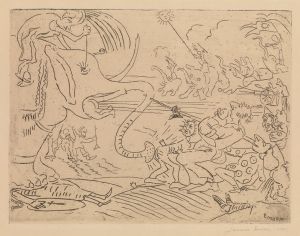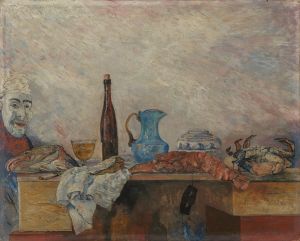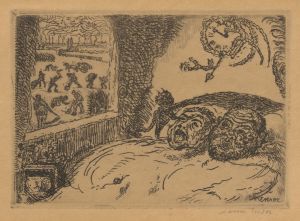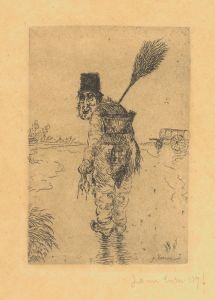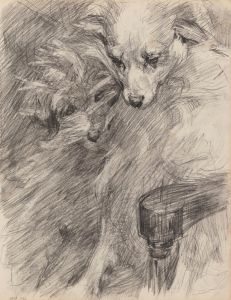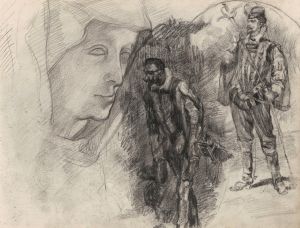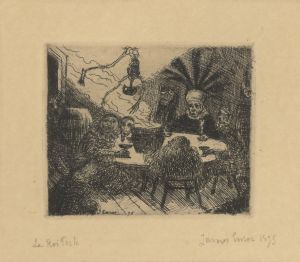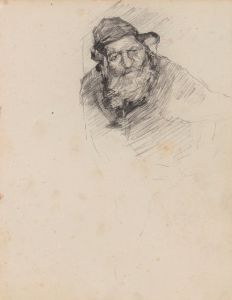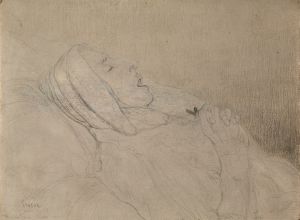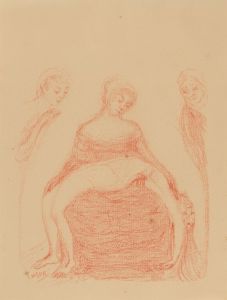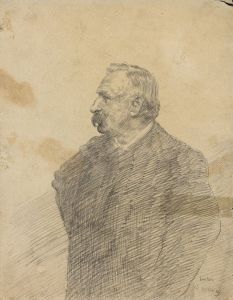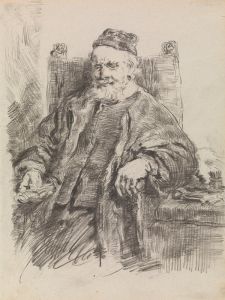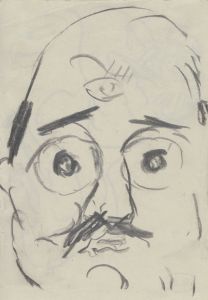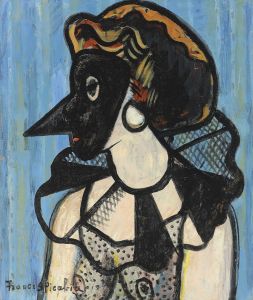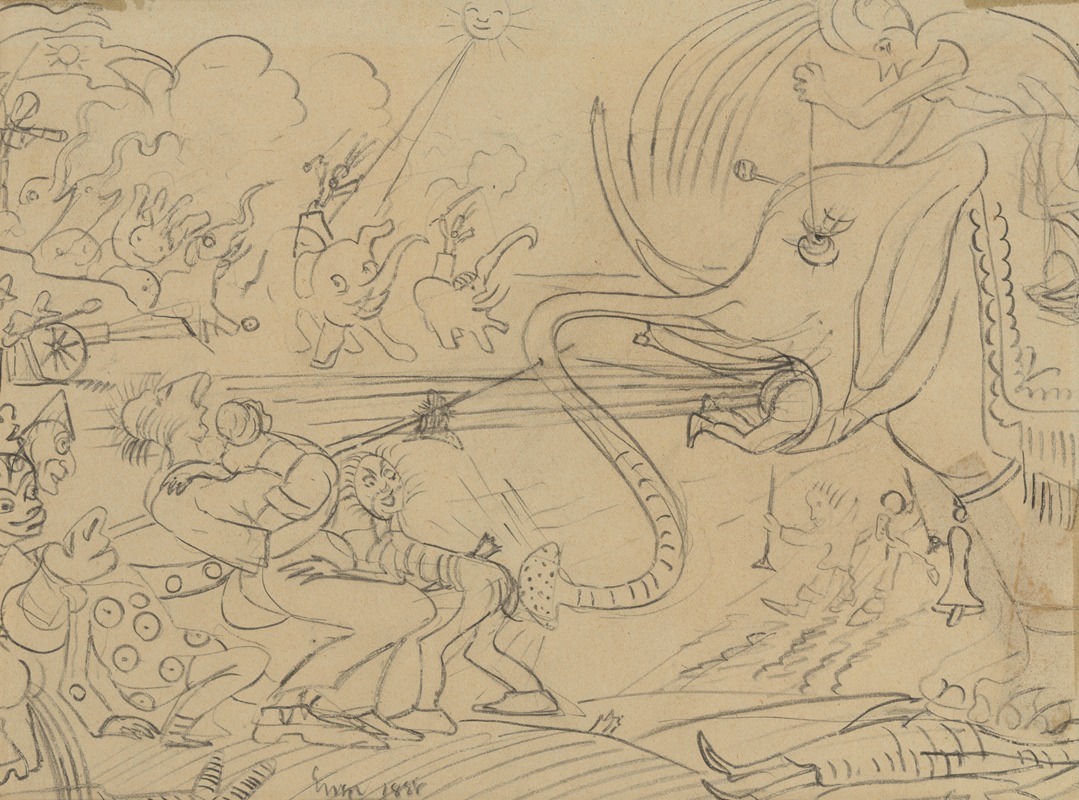
De grap van de olifant
A hand-painted replica of James Ensor’s masterpiece De grap van de olifant, meticulously crafted by professional artists to capture the true essence of the original. Each piece is created with museum-quality canvas and rare mineral pigments, carefully painted by experienced artists with delicate brushstrokes and rich, layered colors to perfectly recreate the texture of the original artwork. Unlike machine-printed reproductions, this hand-painted version brings the painting to life, infused with the artist’s emotions and skill in every stroke. Whether for personal collection or home decoration, it instantly elevates the artistic atmosphere of any space.
James Ensor's painting "De grap van de olifant" (The Joke of the Elephant) is a notable work by the Belgian artist, who is renowned for his unique and often provocative style. Ensor, born in 1860 in Ostend, Belgium, was a key figure in the Symbolist movement and later influenced the development of Expressionism. His works are characterized by their vivid colors, imaginative subjects, and often satirical or grotesque themes.
"The Joke of the Elephant" is a prime example of Ensor's distinctive approach to art. Created in 1879, this painting showcases his early experimentation with themes of absurdity and humor. The painting depicts an elephant in a whimsical and exaggerated manner, surrounded by a chaotic scene that includes various human figures and other elements. Ensor's use of bright, contrasting colors and dynamic composition draws the viewer's attention and evokes a sense of both amusement and unease.
Ensor's fascination with masks and carnival imagery is evident in "The Joke of the Elephant." The painting reflects his interest in the absurdity of human behavior and the thin line between comedy and tragedy. This theme is recurrent in many of his works, where he often used masks and grotesque figures to critique societal norms and human folly.
The painting also highlights Ensor's skill in blending different artistic influences. While he was influenced by the traditional Flemish painters, Ensor also drew inspiration from contemporary movements such as Impressionism and Post-Impressionism. His bold use of color and loose brushwork in "The Joke of the Elephant" demonstrate his innovative approach to painting, which set him apart from his contemporaries.
Ensor's work was not always well-received during his lifetime. His unconventional style and subject matter often met with criticism and misunderstanding. However, he continued to pursue his artistic vision, and his persistence eventually earned him recognition as a pioneering figure in modern art. Today, Ensor is celebrated for his contributions to the development of 20th-century art, and his works are held in high esteem by art historians and collectors alike.
"The Joke of the Elephant" is housed in the Royal Museum of Fine Arts in Antwerp, Belgium, where it continues to captivate and intrigue visitors. The painting remains a testament to Ensor's unique artistic vision and his ability to blend humor with deeper social commentary. Through this work, Ensor invites viewers to reflect on the absurdities of life and the complexities of human nature, making "The Joke of the Elephant" a timeless piece that resonates with audiences even today.





